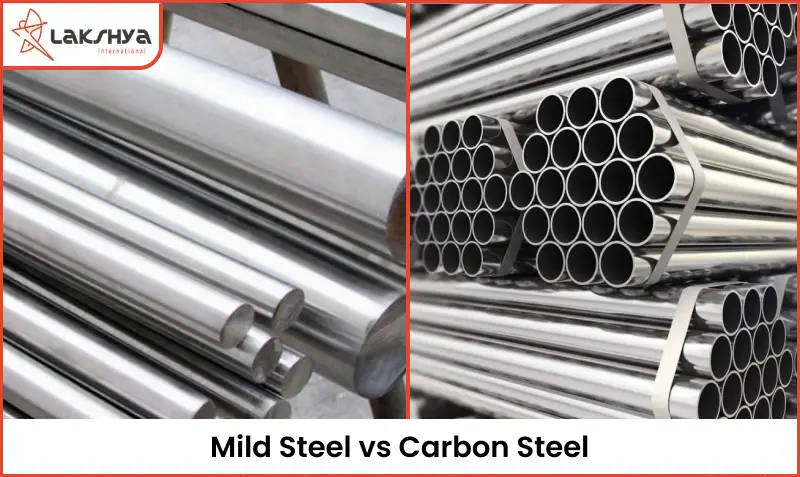One of the most used metals currently is stainless steel. Due to its physical characteristics, such as its durability and excellent corrosion resistance, this metal outperforms a number of other metals. This metal is used to make a wide range of industrial, commercial, and residential products. The most widely used item made from this metal is stainless steel tubing. Some accessories, which are also made of stainless steel, support these pipelines. One such accessory for supporting stainless steel pipelines is stainless steel flanges. Flanges come in a huge assortment and are for sale. This article goes over eight crucial flange kinds that you need to be aware of.
8 Different Types of Stainless Steel Flanges You Should Know About
The best 8 stainless steel flanges used in stainless steel pipelines are as follows:
Weld Neck Flanges – The stems of these flanges stick out, making them distinctive. The width and bevel of the weld neck flanges match those of the pipe. This flange is thought to be suitable for harsh operating circumstances like extremely low or high temperatures and high pressure.
Slip-On Flanges – These are the flange types that are the most reasonably priced. The slip-on flanges are simpler to slip over the pipe because they have a slightly bigger diameter than the pipe. These fillet-welded stainless steel flanges are perfect for low-pressure uses because they are welded to a position.
Blind Flanges – The flanges are used to seal vessel openings or piping systems since they lack a bore in their construction. These flanges are perfect for piping or containers that need to be inspected frequently. You can choose to get the closed flanges with or without hubs. This flange is capable of handling excessive stress brought on by internal pressure.
Threaded Flanges – These flanges are used for specific uses and are simple to put together without welding. Pipes with exterior threads can be used with stainless steel threaded flanges. Applications involving bending stresses, high pressure, or high temps are not advised for the flanges.
Lap Joint Flanges – The slip-on flanges known as lap joint flanges are utilized with stub end connections. These flanges are perfect for piping systems like low alloy steel pipes or carbon steel pipes that need frequent inspection and maintenance.
Socket Weld Flanges – The flanges are made to be used with high-pressure, small-diameter pipelines. Internal welds on the socket weld plates increase their resilience and fatigue strength. The chemical manufacturing sector uses these flanges.
Orifice Flanges – These steel flanges’ purpose is to provide entry to a line so that liquids or gases can be metered through it. Orifice plates or flow nozzles are used to attach the orifice flanges.
Ring–Type Joint Flanges – Applications involving extreme pressure and temperature call for these flanges. The groove on the ring-type joint flanges can be readily compressed on the blind, slip-on, or weld neck flange. In pipelines where media is moved at high pressure and high temperature, the aid of the flange in preventing leaks.
Depending on your purpose, you must select the appropriate flanges. You can always seek the advice of a professional, such as Lakshya International, who will assist you in making the best choice.
Read More :
Welding Stainless Steel: Few metals can equal stainless steel’s ability to survive extreme environments and remarkable resistance to corrosion. This makes it perfect for a variety of industries, including chemical processing and medical equipment.
How Does the Flange Rating Work?: A flange is a piece of equipment that connects pipes, pumps, valves, and other piping parts to make a pipeline system. The flange is a key part of the piping system because it makes cleaning, checking, and making changes easier.




